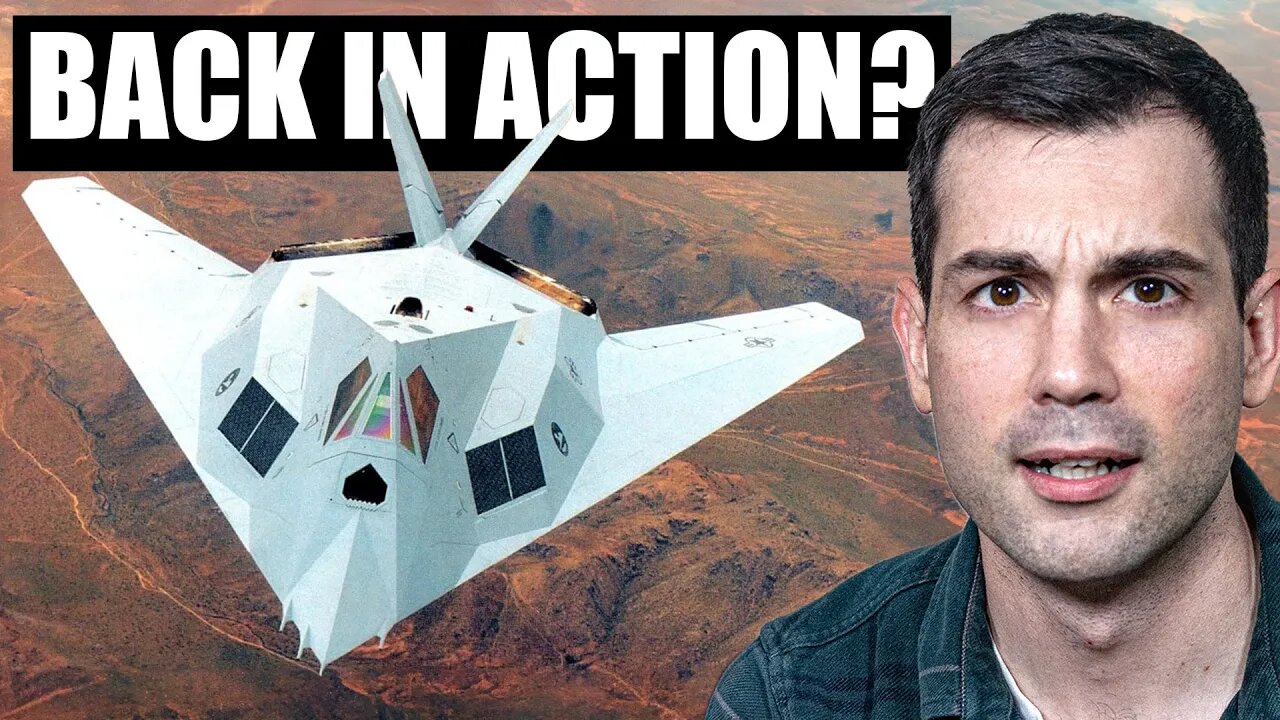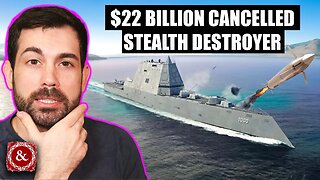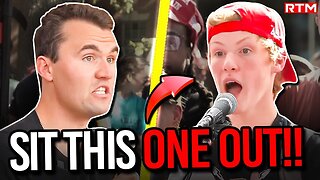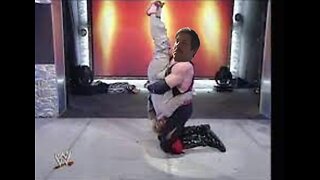Premium Only Content

RIP Nighthawk Stealth Attack Aircraft....or not?
Use my link https://ridge.com/taskandpurpose to get up to 30% off through December 20th and enter free to win a Ridge bundle worth $4,000. Video Sponsored by Ridge.
Initial tests of prototypes and test aircraft revealed that despite the Nighthawk’s ability to stay off of a radar, the delta wing design and harsh geometry made it aerodynamically poor, and unstable in flight. This spurred the air force to secretly establish a dedicated Nighthawk squadron before the first planes were even off of the production line, under then Colonel Sandy Sharpe who would lead the formation. After the first test flights of the F117s were conducted, Colonel Sharpe demanded two changes to the airframe, enlarge the tail fins to decrease wobbling, and to paint it black, as he believed it would allow for better visual concealment at night. That, and in the words of Alan Brown, the skunkworks project manager for the Nighthawk, “Real men don’t fly funny pastel airplanes.” that’s probably not at all like how he sounded and I’m certain he could have kicked my ass.
Written by: Chris Cappy & Justin Taylor
Edited by: Ian Fitzgerald
The final design that resulted after initial testing was increased to a wingspan of 43 feet, with the entire fuselage being 65 feet long, weighing roughly 52,500lbs dry. As both speed and agility were low on the priority list of requirements, twin GE F404 Turbofan engines were used. These delivered a combined thrust of 21,200 lbs. This non-afterburning engine could only bring the Nighthawk up to a max speed of Mach 0.9, or just below the speed of sound. This of course was not an issue seeing as afterburners create massive heat signatures, and the sonic boom from supersonic flight would probably be a good indication there is a military jet in the area. The engines were encased within the fuselage, and dispersed the heat of the exhaust over a wider area using distinct slit exhaust ports while enabling it to mix with cooler air before leaving the aircraft. These twin slit exhausts were virtually invisible to most infrared trackers at the time.
The nighthawk could carry a payload of two air to ground munitions which might seem like a limited payload but that’s up to 5,000 lbs of boom boom in a stealth aircraft which is insane that means 2 munitions each weighing 2,000 lbs could fit in there. Those laser guided bombs could hit targets within a combat radius of about 590 miles. Tyler Rogoway who runs the warzone explains the purpose for the black jet best. It was created carry and employ nuclear gravity bombs—namely the B57 and B61 that are shown front and center in this image.
The aircraft's cockpit included an Aircraft Monitoring And Control panel that interfaced with the Permissive Action Link on the nuclear weapons that allowed them to be armed and programmed prior to delivery. Because I know I can only speak for myself personally but I hate having to program my nuclear weapons at the last minute. It's like can’t we just program this on the ride over there?
So remember this thing comes out in the early 1980s and if you’re the soviet union seeing it then it would have been a scary thing to see because it was designed to silently sneak in and drop a big one. Giving new meaning to the term silent but deadly. Sorry that was dumb I’m dumb.
Join this channel to get access to perks:
https://www.youtube.com/channel/UCSq3p5NKEtyp5Rjd4ctiEbg/join
Task & Purpose is a military news and culture oriented channel. We want to foster discussion about the defense industry.
Email capelluto@taskandpurpose.com for inquires.
-
 22:44
22:44
Task & Purpose
1 year ago $0.02 earnedWHAT Happened to the Navy's Zumwalt Destroyer?
813 -
 LIVE
LIVE
The Rubin Report
31 minutes agoPiers Morgan May Never Have This Guest on Again After This Fight
1,883 watching -
 56:35
56:35
Steven Crowder
1 hour agoLong-Distance Love, Choosing Your Church & Finding Out Your Dad is Gay | Tough Love w/ Guru Crowder
18.1K99 -
 10:49
10:49
Resist the Mainstream
14 hours agoCollege Student With MAGA Hat Confronts Charlie Kirk — GETS SCHOOLED
5.61K17 -
 LIVE
LIVE
Caleb Hammer
47 minutes agoI’m Done With Financial Audit
211 watching -
 LIVE
LIVE
Matt Kohrs
12 hours agoBitcoin $100k Watch Party, Live Trading & Payday Friday || The MK Show
1,597 watching -
 40:24
40:24
BonginoReport
4 hours agoHow Biden is Quietly Sabotaging Trump’s Migration Mandate (Ep.91) - 11/22/24
63.3K151 -
 LIVE
LIVE
Wendy Bell Radio
5 hours agoMAYORKAS WANTS IMMUNITY
13,691 watching -
 LIVE
LIVE
Vigilant News Network
14 hours agoBill O’Reilly Drops METEOR News Story, Leaves Panel Speechless | The Daily Dose
2,141 watching -
 1:34:42
1:34:42
Jeff Ahern
2 hours ago $1.36 earnedFriday Freak Out with Jeff Ahern (6am Pacific)
14.7K3